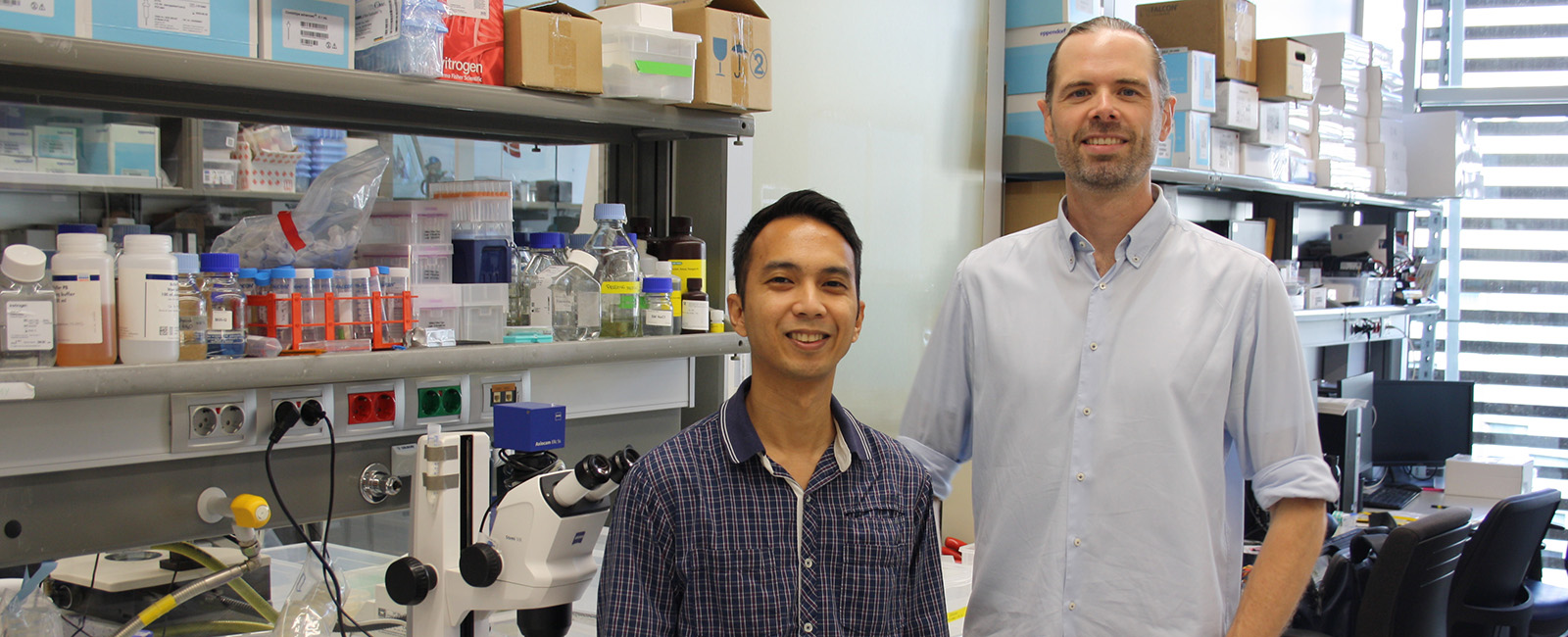RESEARCH TEAM
Principal investigator: Nicholas Stroustrup (Centre de Regulació Genòmica, CRG).
Team member: Jeremy Vicencio Gumarao (Centre de Regulació Genòmica, CRG).
DESCRIPTION
Aging is the principal risk factor for almost every serious disease. It is also notoriously hard to treat as elderly patients exhibit a wide variety of interacting functional declines. “This simultaneity is what makes it so difficult to study aging at the molecular level. When everything seems to go wrong at once, how can you decide which molecular change is actually driving the process and which are just secondary symptoms?” asks Nicholas Stroustrup. This is the question, precisely, that CAUSALAGING sets out to resolve. Doing so “demands rigorous methods that can separate the causes from the consequences. Otherwise we risk wasting time and money chasing dead ends rather than tackling the problem at its root. And that’s not how we develop new therapeutics.”
CAUSALAGING will combine molecular genetics with a powerful statistical approach – known as causal analysis – in Caenorhabditis elegans, a small worm that shares numerous genes, cell types and endocrine routes with human beings, but lives only a few short weeks. Some years ago, Stroustrup’s group came up with the “Lifespan Machine,” a high-resolution imaging system that allows tens of thousands of worms to be monitored in parallel, thus capturing aging dynamics in whole populations. In CAUSALAGING, RNA sequencing data will be collected on a major scale to measure the effects on gene expression of thousands of genetic alterations. “The information will then be processed using causal analysis techniques to track the sequence of events that drive aging through an interconnected network of molecular changes. This will give us a better understanding of how simultaneous alterations arise, while identifying the most promising points at which to intervene. The results will also serve to develop more precise biomarkers that facilitate real-time observation of how molecules, cells and organs evolve throughout life.”

